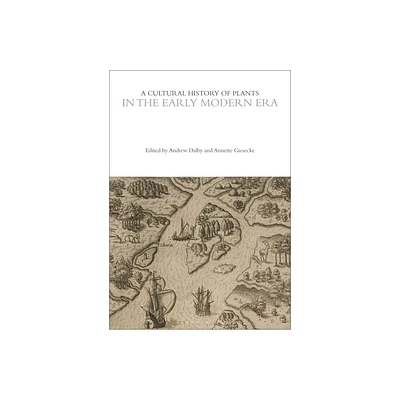Home
There Plant Eyes: A Personal and Cultural History of Blindness
Loading Inventory...
Barnes and Noble
There Plant Eyes: A Personal and Cultural History of Blindness
Current price: $20.00


Barnes and Noble
There Plant Eyes: A Personal and Cultural History of Blindness
Current price: $20.00
Loading Inventory...
Size: Audiobook
*Product Information may vary - to confirm product availability, pricing, and additional information please contact Barnes and Noble
From Homer to Helen Keller, from
Dune
to Stevie Wonder, from the invention of braille to the science of echolocation, M. Leona Godin explores the fascinating history of blindness, interweaving it with her own story of gradually losing her sight.
“[A] thought-provoking mixture of criticism, memoir, and advocacy." —
The New Yorker
There Plant Eyes
probes the ways in which blindness has shaped our ocularcentric culture, challenging deeply ingrained ideas about what it means to be “blind.” For millennia, blindness has been used to signify such things as thoughtlessness (“blind faith”), irrationality (“blind rage”), and unconsciousness (“blind evolution”). But at the same time, blind people have been othered as the recipients of special powers as compensation for lost sight (from the poetic gifts of John Milton to the heightened senses of the comic book hero Daredevil).
Godin—who began losing her vision at age ten—illuminates the often-surprising history of both the condition of blindness and the myths and ideas that have grown up around it over the course of generations. She combines an analysis of blindness in art and culture (from
King Lear
to
Star Wars
) with a study of the science of blindness and key developments in accessibility (the white cane, embossed printing, digital technology) to paint a vivid personal and cultural history.
A genre-defying work,
reveals just how essential blindness and vision are to humanity’s understanding of itself and the world.
Dune
to Stevie Wonder, from the invention of braille to the science of echolocation, M. Leona Godin explores the fascinating history of blindness, interweaving it with her own story of gradually losing her sight.
“[A] thought-provoking mixture of criticism, memoir, and advocacy." —
The New Yorker
There Plant Eyes
probes the ways in which blindness has shaped our ocularcentric culture, challenging deeply ingrained ideas about what it means to be “blind.” For millennia, blindness has been used to signify such things as thoughtlessness (“blind faith”), irrationality (“blind rage”), and unconsciousness (“blind evolution”). But at the same time, blind people have been othered as the recipients of special powers as compensation for lost sight (from the poetic gifts of John Milton to the heightened senses of the comic book hero Daredevil).
Godin—who began losing her vision at age ten—illuminates the often-surprising history of both the condition of blindness and the myths and ideas that have grown up around it over the course of generations. She combines an analysis of blindness in art and culture (from
King Lear
to
Star Wars
) with a study of the science of blindness and key developments in accessibility (the white cane, embossed printing, digital technology) to paint a vivid personal and cultural history.
A genre-defying work,
reveals just how essential blindness and vision are to humanity’s understanding of itself and the world.


















